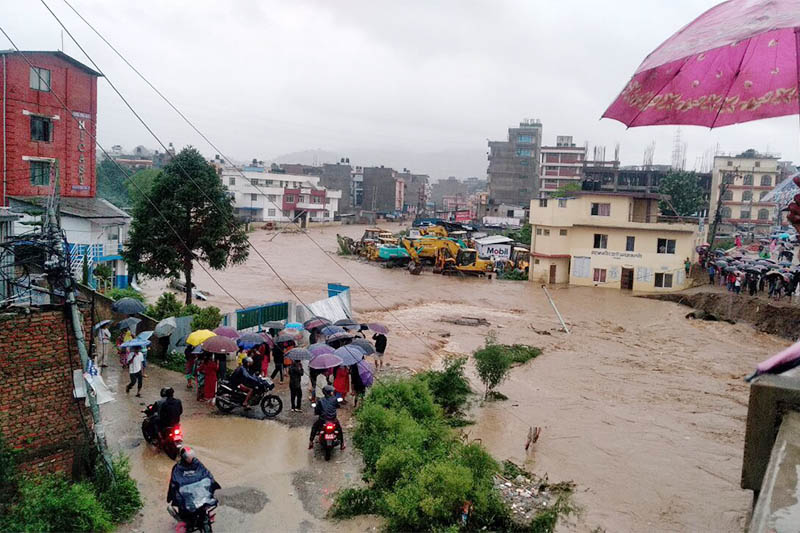
According to Nepal’s National Disaster Risk Reduction and Management Authority, the flood, which was caused by a glacial lake collapse near the Tibetan boundary, resulted in the deaths of 24 people and the destruction of $905 million worth of infrastructure, including 570 homes.
Mountain lakes are gradually accumulating larger amounts of glacial meltwater, placing increasing pressure on the earth and rock holding them in place. These could abruptly collapse, causing enormous floods downstream.
A lack of cross-border information sharing among Himalayan nations, including China, India, and Nepal, is thwarting protection efforts, analysts warn. While some monitoring equipment and early warning systems are in place to notify downstream communities, analysts warn.
The three major rivers of Nepal—the Koshi, Gandaki, and Karnali—enter the nation from Tibet and border China for nearly 1,400 km (860 miles) in the north.
The disaster of glacial lake outbursts is not something we take seriously, according to Deepak K.C., a climate change resilience specialist with UNDP in Kathmandu.
He claimed that the 2016 collapse of a glacial lake in Tibet measuring one hectare resulted in US$200 million in damage along the Bhote Koshi river system in Nepal, destroying 125 homes and a hydropower facility but not resulting in any fatalities.